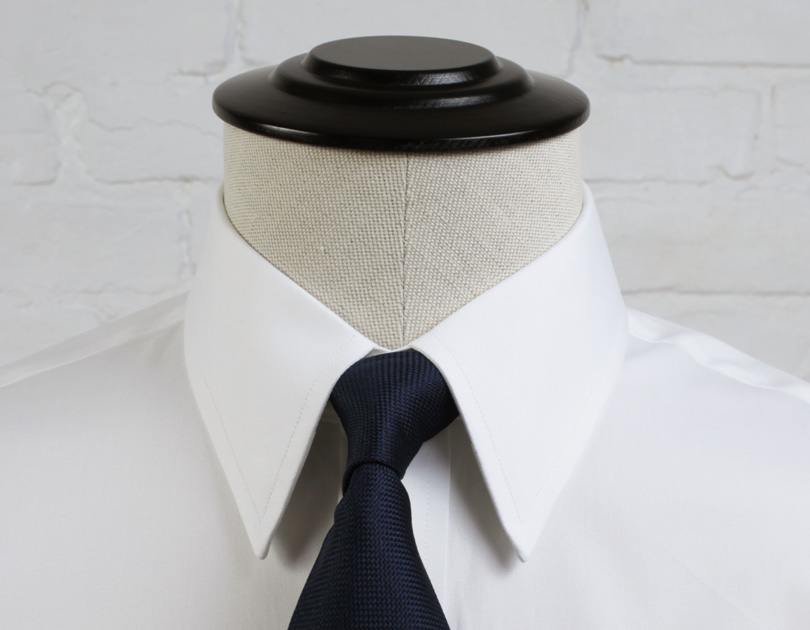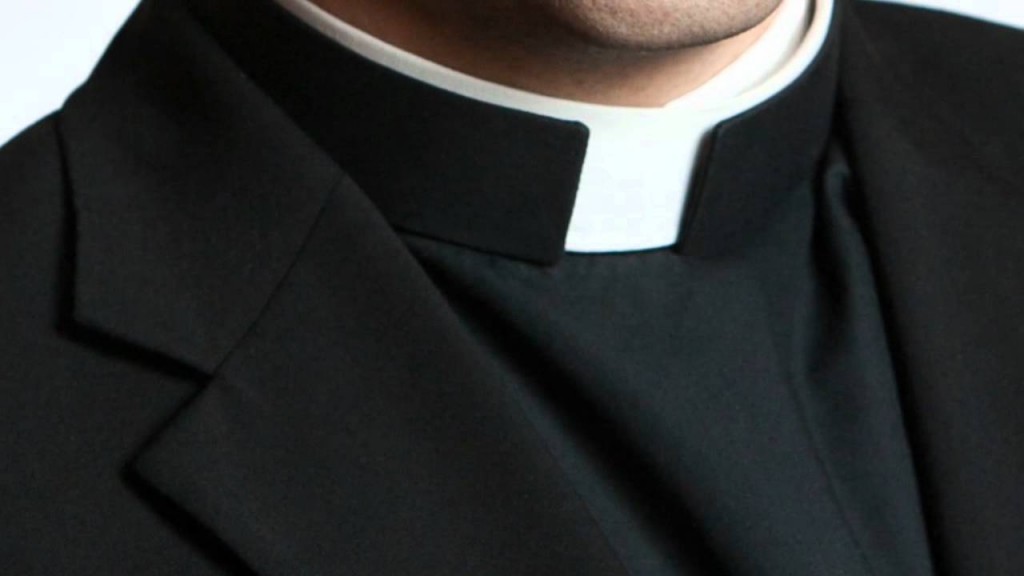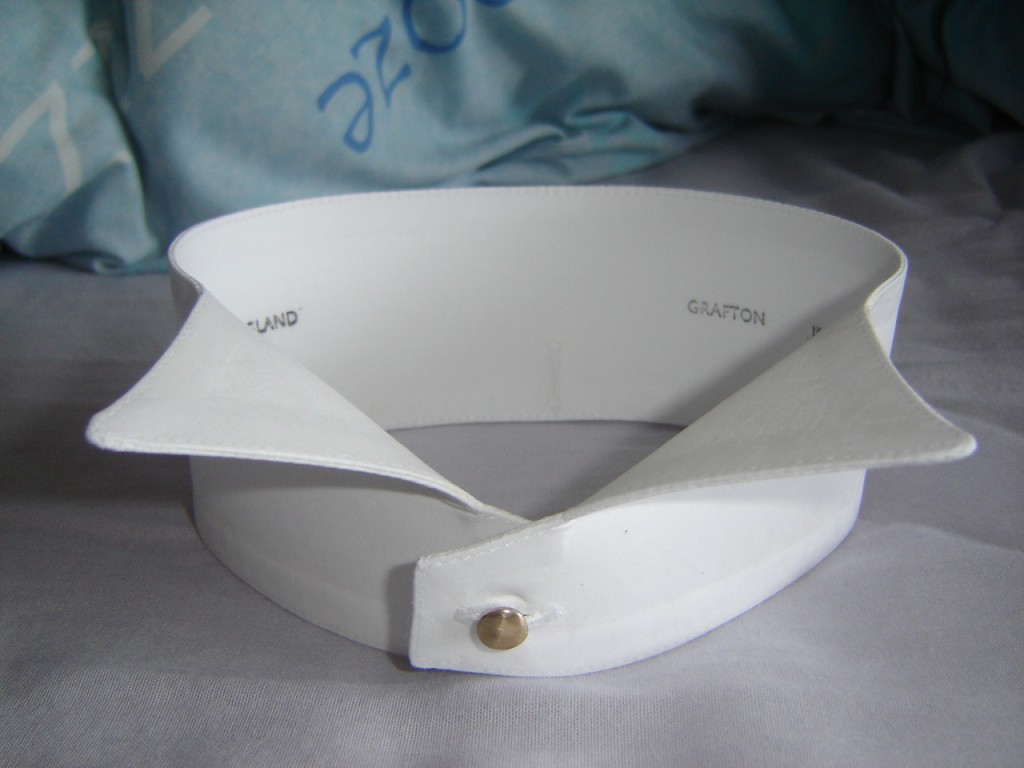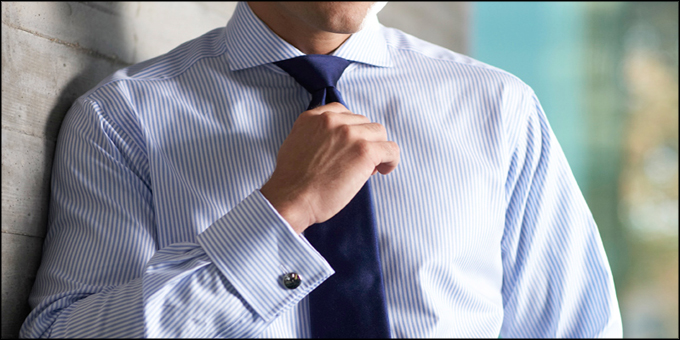I really don’t know what a collar says about a man, but it’s got to say something, ‘cause there are an awful lot of collar selections out there to choose from. While I’m by no means a “collar expert” (we’ll both be more so by the end of this article), I know what I like as far as collars go — and what I don’t like.
For example, I’m not fond of stiff, starchy dress shirt collars, or button-down collars. Keep those buttons away from me. Maybe it’s my laid back nature, or maybe it’s just an inherent sense of style I picked up by simply being alive and seeing collars every day.
And so, in order to get a better grasp on the world of men’s collar (not the studded dog collars favored by sadomasochists) and why collars seem to be getting smaller as time drifts by, here’s a brief sampling of different types of collars men have been donning over the years.
Clerical Collar
Before the era of the modern men’s dress shirt came into being, members of the clergy (trendsetters that they are) wore clerical collars. These Roman, or clerical collars, started out with the Catholics, of course, but eventually migrated to other denominations as well, until they became a part of the standard garb employed by the clergy to set them apart from the laypeople.
A stiff white band held in place by two studs, and kept rigid by a thicker material beneath the cloth, was, and has been the standard clerical collar for some time now. These days, plastic and other modern materials can be used to keep the collar in place, although the types of collars favored by the clergy tends to vary from tradition to tradition.
Detachable Wingtip Collar
Once we leave the clergy, we come to the wingtip detachable collar, held in place with collar studs (metal buttons, not hunky Casanova types). The wingtip name comes from the fact that the collar sticks out in the front, like little wings, leaving more of the top of the shirt exposed. You have to remember that back in the day, clothes weren’t washed all that often. Detachable cuffs and collars were the norm, used in order to affect an appearance of cleanliness, without actually being all that clean. The changeable wingtip collar played an important part of this illusion.
Cutaway Collar
If you’re a fan of the Windsor knot, then you’re probably be a fan of the cutaway collar as well. Whether invented by the Duke of Windsor or his father (some debate there), this thick knot looks great with a cutaway collar. The cutaway, or spread collar, gives the Windsor family’s innovation room to shine — just below the human jugular. These regal collars come in classic, medium and wide spread lengths, providing you with an assortment of cutaway options to choose from.
Pointed Collar
If you’re not all that impressed with a wide spread collar, then a pointed collar, with the points (tips) of the collar fairly close together, is the way to go.
From classic to narrow to button-down, the pointed collar comes in many different permutations. This is a very popular style of collar, making up the bulk of men’s dress shirts found today. If you don’t want to stand out from the crowd, or your favor simplicity over flash, stick with the pointed collar.

The general categories listed above are just the tip of the collar when it comes to collar choices. You could opt for the softer and larger Byron collar, in order to reflect your poetic side. This flappy bit of fabric was worn by the likes of Lord Byron (hence the name), and oddly enough, is still a popular style for sports team jackets nowadays. Wannabe revolutionaries — at least stylistically speaking —can always experiment with the tiny Mao collar (favored by China’s Chairman Mao), or else head in the opposite direction entirely and bring back the massive butterfly collar (pointed) that was so trendy with disco enthusiasts back in the 1970s.
No matter what type of collar you choose, take some time and choose wisely. The collar, it seems, really does help define the image of the man.




























